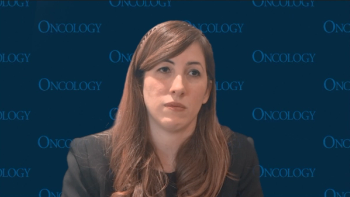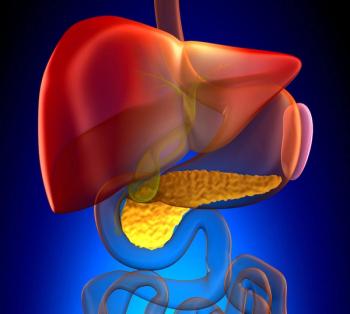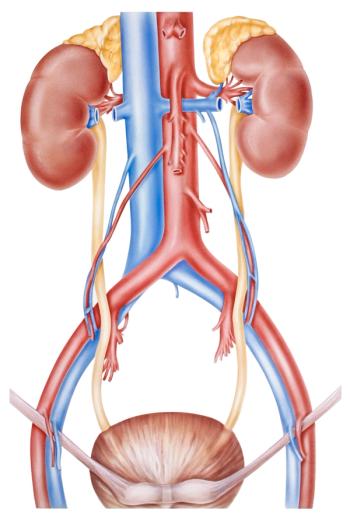
- ONCOLOGY Vol 16 No 3
- Volume 16
- Issue 3
Phase II Study of Rituximab in the Treatment of Cladribine-Failed Patients With Hairy Cell Leukemia
Hairy cell leukemia (HCL) is an indolent B-cell neoplasm that strongly expresses CD20. Despite initial very high response rates with cladribine (Leustatin), many patients ultimately relapse.
Hairy cell leukemia (HCL) is an indolent B-cell neoplasm that stronglyexpresses CD20. Despite initial very high response rates with cladribine(Leustatin), many patients ultimately relapse.
From January 2000 to February 2001, 16 patients (15 male, 1 female) with HCL,with a median age of 57 years (range: 38-81 years), having relapsed afterprior treatment with cladribine, were treated with rituximab (Rituxan) at 375mg/m² weekly × 4. All patients had received at least one prior course ofcladribine (median: 44 months from last cladribine; range: 19-119 months),eight patients received two prior courses of cladribine, five patients receivedinterferon, and two patients had undergone splenectomy.
A total of 15 patients are currently evaluable for response, with at least a6-month follow-up. Three patients (20%) achieved complete remissions, defined asthe absence of hairy cells in the peripheral blood and bone marrow with thefollowing peripheral blood parameters: ³ 1.5 × 109 neutrophils/mL, hemoglobinconcentration ³ 12 g/dL, and ³ 100,000 platelets/mL. One patient (7%) hadminimal residual disease as evidenced by positive staining on DBA.44 and CD20without morphologic evidence of HCL by light microscopy. One patient (7%)achieved a partial response, defined as at least 50% improvement in allcytopenias with at least a 50% reduction of hairy cells from the peripheralblood and bone marrow. Thus, 5 of 15 (33%) patients achieved a response. At amedian follow-up of 12 months (range: 9-20 months), no responders hadrelapsed. Three patients (20%) achieved hematologic improvement withoutsufficient reduction in marrow HCL cells to qualify as a response; both lastedless than 3 months in duration.
The only grade 3/4 toxicities demonstrated were culture-negative febrileneutropenia, transient and reversible disseminated intravascular coagulationrelated to rituximab administration, and a diverticular abscess. Of 10 patientswho failed to respond, 6 subsequently received other treatments: 3 wereretreated with cladribine, 2 underwent splenectomy, and 1 received pentostatin(Nipent). All six patients treated after rituximab achieved hematologicimprovements, although no bone marrow follow-up data are presently available.
CONCLUSION: Rituximab, administered at this dose and schedule, has onlymodest activity in cladribine-failed HCL patients when compared to other agentsactive in this disease.
Articles in this issue
almost 24 years ago
Single-Agent Rituximab in Early-Stage Chronic Lymphocytic Leukemiaalmost 24 years ago
Recruitment for Trial of Adjuvant Trastuzumab Under Wayalmost 24 years ago
Rituximab in the Treatment of Acquired Factor VIII Inhibitorsalmost 24 years ago
Support for New Medicare Pay Formulaalmost 24 years ago
Irinotecan-Containing Regimen Improves Survival in Small-Cell Lung CancerNewsletter
Stay up to date on recent advances in the multidisciplinary approach to cancer.


















































































